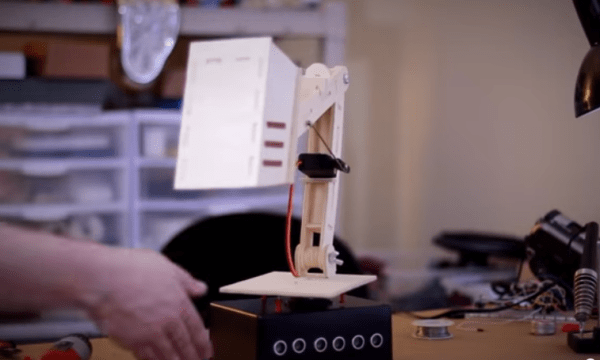There aren’t many Hackaday Prize entries playing around in RF, save for the handful of projects using off the shelf radio modules. That’s a little surprising to us, considering radio is one of the domains where garage-based tinkerers have always been very active. [Luke] is bucking the trend with a FM continuous wave radar, to be used in experiments with autonomous aircraft, altitude finding, and synthetic aperture radar imaging.
[Luke]’s radar operates around 5.8-6 GHz, and is supposed to be an introduction to microwave electronics. It’s an extremely modular system built around a few VCOs, mixers, and amplifiers from Hittite, all connected with coax.
So far, [Luke] has all his modules put together, a great pair of cans for the antennas, everything confirmed as working on his scope, and a lot of commits to his git repo.
You can check out [Luke]’s demo video is available below.
 The project featured in this post is a quarterfinalist in The Hackaday Prize.
The project featured in this post is a quarterfinalist in The Hackaday Prize.
Continue reading “THP Semifinalist: A Continuous Wave Radar”

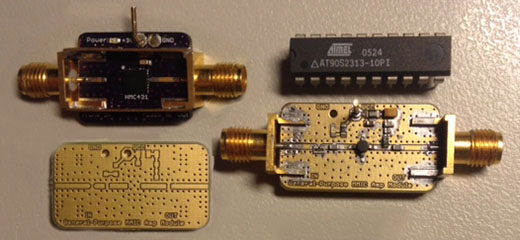
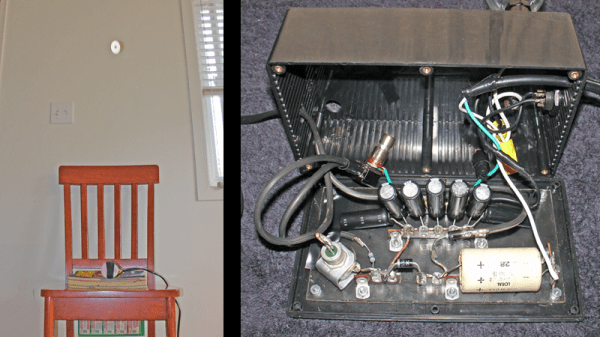
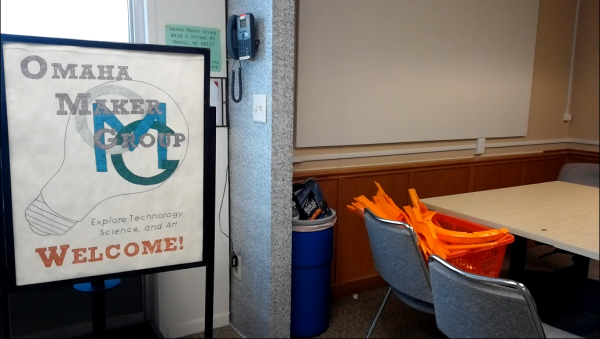
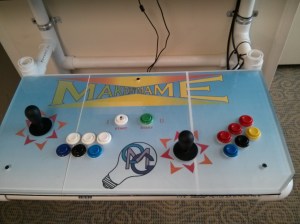 The new space is a progression of rooms that begins with a combination lounge and meeting space. Here you’ll find the beer and snacks, the brag wall full of framed articles, and one of the remote controllable web cams. A few of the founding members have since flung themselves around the world, but are able to participate through these links. The best part of this room is either the PVC-framed Raspi MAME cabinet or the sign on the bathroom door which doesn’t discriminate against androids.
The new space is a progression of rooms that begins with a combination lounge and meeting space. Here you’ll find the beer and snacks, the brag wall full of framed articles, and one of the remote controllable web cams. A few of the founding members have since flung themselves around the world, but are able to participate through these links. The best part of this room is either the PVC-framed Raspi MAME cabinet or the sign on the bathroom door which doesn’t discriminate against androids.
